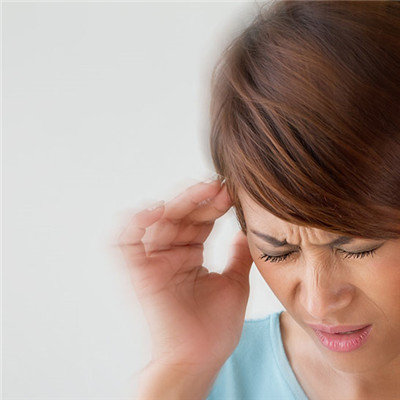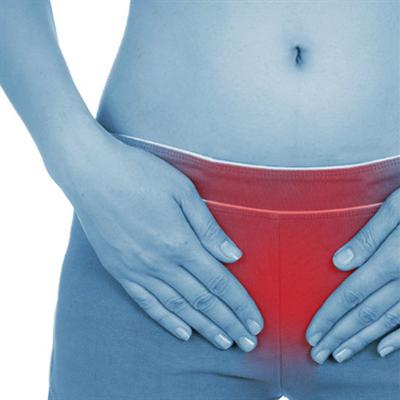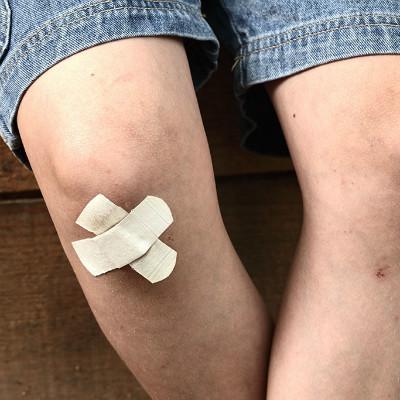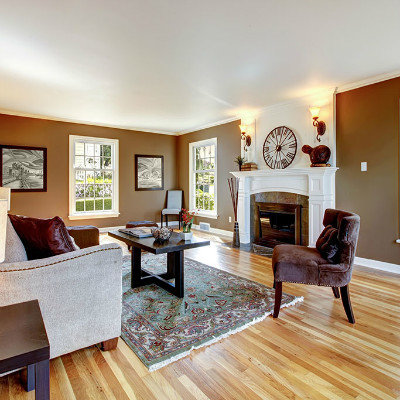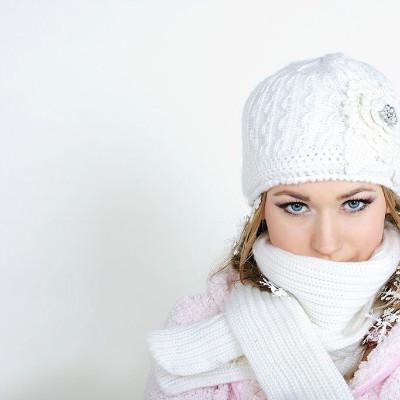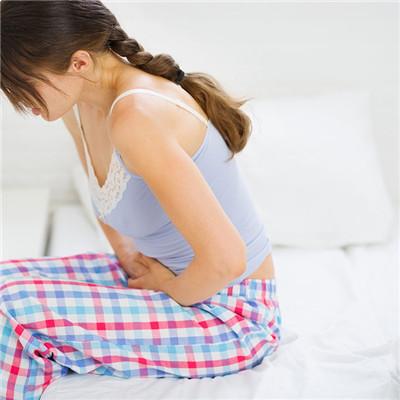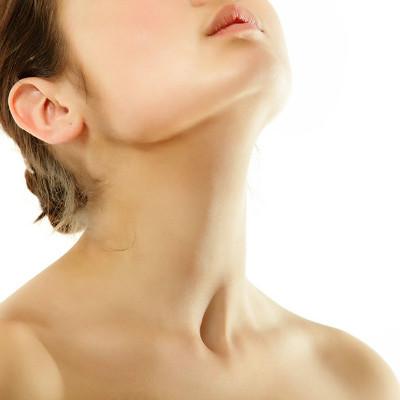How to judge the symptoms of alopecia?
summary
Alopecia is a disease that seriously affects the image of patients. Because of the appearance of alopecia, many patients dare not go out, dare not talk with friends, and are afraid of being discriminated by others. At the same time, because of alopecia, many patients have serious psychological problems such as inferiority and depression. Alopecia seriously affects the normal life of patients. Therefore, patients with hair loss had better be able to fully understand the common sense of hair loss, do a good job in prevention, and carry out targeted prevention according to the type of hair loss, so as to avoid the trouble caused by hair loss.
How to judge the symptoms of alopecia?
Seborrheic alopecia is a kind of alopecia on the basis of excessive sebum overflow, often accompanied by increased dandruff, greasy scalp and obvious itching. Most of them occur in young adults with strong sebaceous gland secretion. Their hair is thin and soft. Some of them are accompanied by seborrheic dermatitis on the scalp. They begin to gel from the top of the head and spread to the forehead. The scalp is greasy and bright red with yellow oily scab. The treatment of seborrheic alopecia should first pay attention to the health care of the hair, eat less greasy and spicy food, wash the hair diligently, use local medicine to remove grease, reduce dandruff, anti-inflammatory and antipruritic.
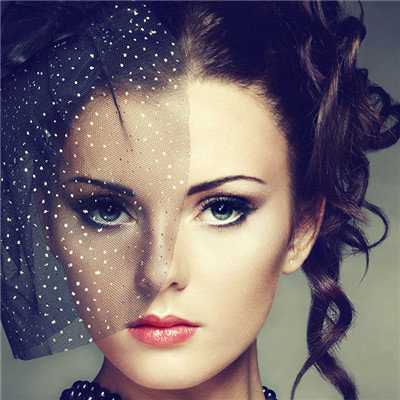
Congenital alopecia. It is rare that the patient was born with no hair in the whole body or part, and usually combined with other congenital abnormalities, such as finger (toe) nail, tooth, bone development defects or deformities, which may be caused by chromosomal abnormalities.

Local macular alopecia, sudden onset, after slow, the etiology may be neuropsychiatric factors caused by temporary suppression of hair growth, endocrine disorders, immune dysfunction. Infection or other visceral diseases may also be associated with it. Performance for the head suddenly appear round or oval macular hair loss, no symptoms, the affected scalp smooth and shiny. When the disease progresses, the damage expands, the peripheral hair is loose and easy to take off, the hair of individual patients can be completely stripped off, and the eyebrows, whiskers, armpits, etc. can also fall off in serious cases. The disease can be cured by itself, but often recur. The course of disease can last for several months or longer. During the recovery period, the new hair was fine, soft, gray white, gradually thick black, and finally returned to normal.
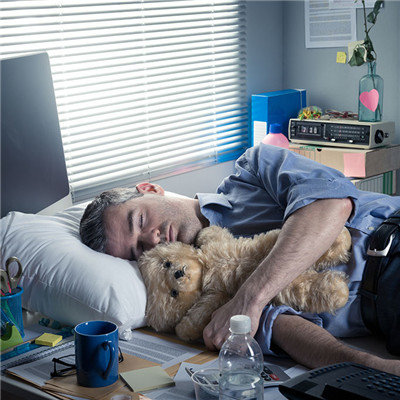
matters needing attention
Physical alopecia, including hairstyle alopecia, local friction stimulation alopecia and other mechanical alopecia, burn alopecia and radiation damage alopecia. Mechanical alopecia is caused by some special hair styles, such as women's braids, bun and other hair styles, men's hair style, will cause mechanical alopecia. The hair needs to keep a certain degree of natural looseness and proper elasticity to the pressure. If it is directly pulled, it is easy to cause the forehead hair to break off and the hairline to retreat. Excessive exposure to ultraviolet light in the sun, often using hot air, hair is also easy to become scarce.





